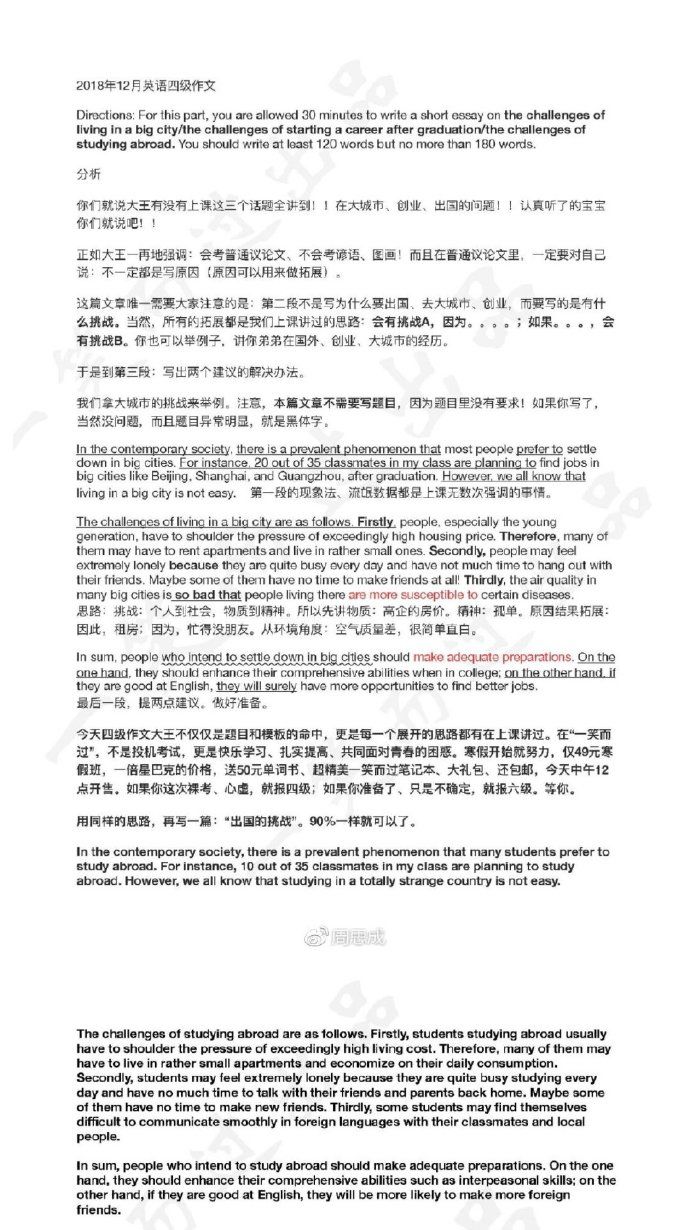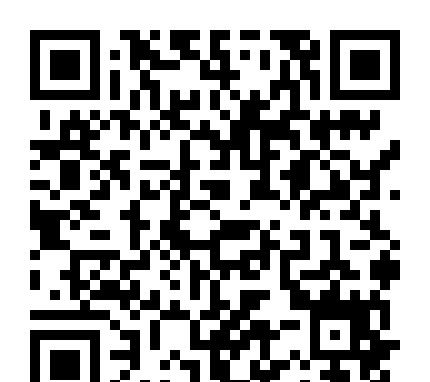高考英语阅读训练(051)
|
Scientists have recently discovered that mothers tend to hold their baby on the left. Of 255 right-handed mothers, 83% held the baby on the left. And out of 32 left-handed women, 78% held the baby o the left. As a control, women were watched coming from supermarkets carrying baby-sized bags; the bags were held with no side preference. Then, dental patients were given a large rubber ball to hold during treatment. The majority held the ball to their left side, even when it interfered with the dentist's activities. This suggested that in times of stress objects are held against the left side. At that point something clearly contrary was observed. A large number of mothers who brought their premature babies to a clinic were seen to hold their babies against their right side. At that point something clearly contrary was observed. A large number of mothers who brought their premature babies to a clinic were seen to hold their babies against their right side. So, 115 mothers who had been separated from their babies for 24 hours after birth were observed for holding response. The experimenters presented the baby directly to midline of the mother's body, and noted how she held the baby. 53% placed the baby on the left and 47% on the right. And it was also noted that the mothers of the group who had held their baby on the left had already had a baby from which they had not been separated after birth. Left-handed holding enables the baby to hear the heartbeat. In order to discover whether hearing the heart has a beneficial effect on the baby, the sound of a human hear-beat was played to 102 babies in a New York nursery for 4 days. A control group of babies was not exposed to hear-beats. The babies in the heart-beat group gained more weight and cried far less than the babies in the control group. 1. Scientists found that _____. A. left-handed women tend to hold their babies on the right B. more right-handed women than left-handed women tend to hold their babies on the left C. only right-handed women tend to hold their babies on the correct side D. women who hold their babies on the left are nearly all right-handed 2. What was "some clearly contrary"? A. Mothers of premature babies held their babies son the correct side. B. Mothers of premature babies took their babies to a clinic. C. Mothers of premature babies were seen to hold their babies differently from other mothers. D. Mothers of premature babies showed no side preference. 3. In one experiment, 102 babies spent four days _____. A. not exposed to heart-beats B. in a control group C. exposed to the sound of heart-beats D. in a New York heart-beat group 4. The experiments proved that _____. A. mothers have an instinct to hold their babies on the left immediately after birth B. mothers hold their babies on the left at times of stress C. mothers of premature babies do not have the instinct to hold their babies on the left D. mothers find it more comfortable to carry their babies on the left because the heart is on that side KEY: 1. B 2. C 3. C 4. C |








